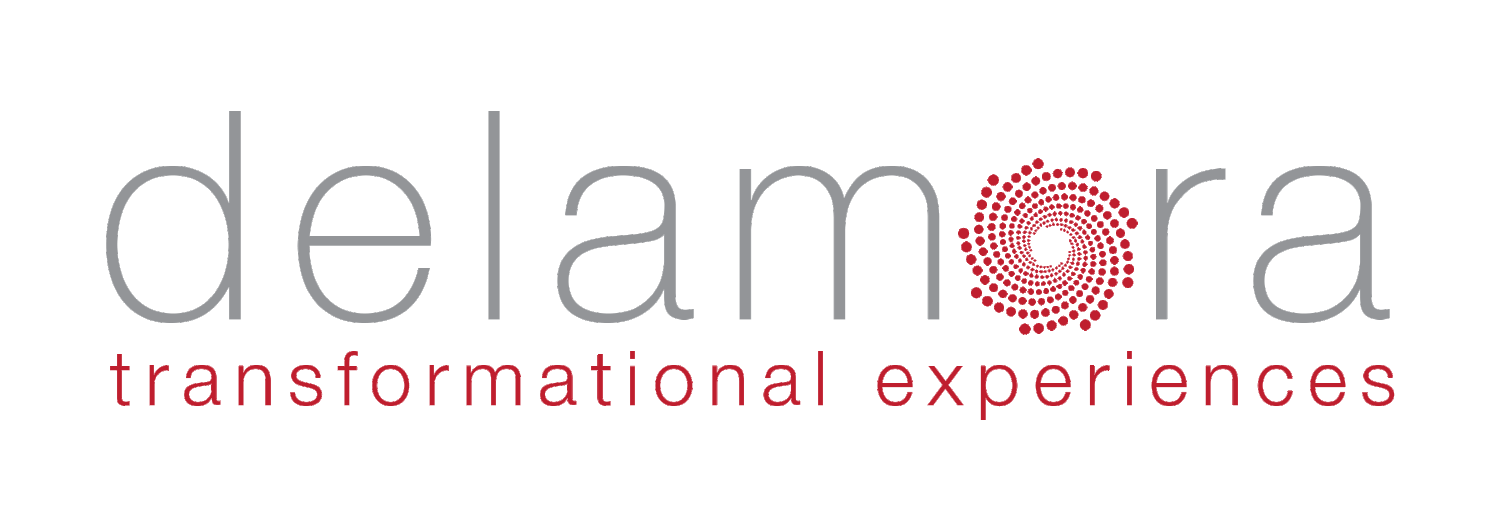
Awareness
Are you one of them? The vast majority of people are frazzled by something at work…or in their lives
Think about it: That means only two out of 10 people in the workplace aren’t stressed, and we guess this applies not just to work but to our everyday way of living, especially in recent times. In addition self-distraction with thoughts like, ‘I wonder if anybody texted me’, or ‘I still need to answer that e-mail from last week…’, or
‘How bad may it truly get….?’ is at absolutely epidemic proportions.
With the increasing countless day to day elements continuously competing for our attention, or instilling us with fear and uncertainty, becoming aware of our mind is fundamental in creating balance.
Being at the root of all things, and paying attention on purpose to the present moment is the remedy how to cope with stress and the multitude of distractors present in our lives.
Awareness, or mindfulness, allows for making better choices which lead to a mindful and healthier way of living.

Mindfulness is the simple process of noticing new things. Simply put, of being aware…
When we are being mindless, we are letting the past, or future, or references to these, overshadow or determine the present. Most of us are mindless most of the time, mindlessness is pervasive. Most of us are “not there” and the problem is that when we are not there, we are not noticing that we are not there.
Considering that on average about 65% of what we think on a daily basis is either redundant or negative, the need to talk differently to ourselves becomes obvious.
In order to achieve that and reach a dominant mindful state of existence, the brain needs to be re-trained and the dialogue between our ears requires to be changed. The committee in our heads requires to be put in its proper place.
This begins with awareness, being conscious. For thousands of years sound has been a proven method for increasing one’s awareness. The humming of your own voice, the sound of water, the sound of a gong or a singing bowl, wind or the marvelous song of a bird can serve as a powerful bridge to the present, the place where awareness lies, the moment at hand. Awareness then allows you to notice downbeat thinking, to stop yourself and challenge it and replace it with a positive outlook.

Create a shift
So then, with or without the supportive tool of sound, give yourself a cognitive intervention and counter your negative, defeatist, fearful and limiting thinking with an optimistic attitude. Think on the opposite of your negative thoughts.
When you are distressed and plagued by negative or fearful thoughts, register anything happening in the present moment with full focus — but without immediately reacting – pause, take a deep breath and ask yourself something like:
“Do I have a vague sense of restlessness, unease, or the feeling that life is not great?” Right there a bit of mindfulness might put your mind at ease and the opening for a shift, a change, is given. Your door to heightened levels of being opens.
Self-awareness begins with emotional awareness. And recognizing these symptoms, before reacting, is where it all starts.
So the first step is noticing them. Sometimes they’re subtle: a racing heart, hot ears, tensing muscles, talking fast or a clenched jaw. Sometimes they’re more obvious, such as the urge to yell or kick something.
Breathe, consciously and let the feeling subside. Let whatever triggered it pass, wait for a few seconds, or even a minute, before responding. It’s like mentally stepping away from a strobe-lit, throbbing dance floor in a club and into a quiet library for a tiny moment.
In that moment, because of that pause, we can re-gather and then examine the cause of our distress and how to best deal with the situation.
While there are many different techniques available, some people find the guidelines of the 4 A’s of Stress Management helpful:
Accept
If you can’t change the cause of your distress, begin to accept it. Be aware of not falling into the “victim” mode though. Oftentimes forgiveness can be a useful tool here.
Adapt
View the problem as an opportunity and imagine new ways to act or cope.
Alter
Explore whether there’s a way to communicate with the person who triggers your feelings of distress or if there’s a way to address and change a certain problem that happens frequently.
Avoid
Some things can’t be changed. If, for example, traffic during your commute is stressful, explore other routes or transportation options. Or, if you’re simply overwhelmed by your workload, can you say no to some of the responsibilities? Or if some people in your life are “toxic”…do you need or want to be around them? You get the idea…
Another way to bring yourself back to the present moment
To reach a mindful place try to:
find a quiet, private place where you can be undistracted for a few minutes
sit comfortably, with your back straight but relaxed. If you work with a gong, a bowl, or your voice, gently strike or apply it
focus your awareness on the most essential aspect of your life, your breath, staying attentive to the sensations of the inhalation and exhalation, and start again on the next breath. And do not judge your breathing (or your voice) or try to change it in any way. Listen to the sounds and allow for a natural rhythm and flow
view anything else that comes to mind as a potential distraction — foremost your negative, non-present, or judgmental thoughts – gently push them out and let them go, return your attention to your breath and the sound of your bowl, gong, or your own voice etc. Stay in this space for as long as possible….and when you drift off, gently catch your self and pull yourself back again. It is a content practice. The mind can be like a wild horse that needs to be trained….

Meditation and thinking
Mindfulness is awareness and heightened degrees of consciousness, both of which can be a result of mindful meditation. There seems to be a misconception about meditation. Many people believe that meditation is to stop your thoughts, to not think. We believe that to be humanly impossible (except when we are 6’ under) as the brain is designed to think, to constantly fire.
The key is to be able to observe and guide your thoughts, to choose your thoughts, consciously.
Considering that up to about 90% of our everyday perceptions and activities are regulated by our subconscious mind, another way to increase your states of mindfulness is the way you look at things.
So each day notice 3 – 5 new things when you look in the mirror, 3 – 5 new things about what is happening at work, with your partner, your children, around your house, your neighborhood etc. Find new things to look at and see them as new. Or when something goes wrong, turn things around and look at it from the opposite end, not as a problem but a solution, and ask yourself: “How can it be of benefit to me…of advantage?”
We are firm believers that the dominant majority of what happens to us or is done by us, is the product of our consciousness. We do create our own reality by the way we choose to think. The choice of thoughts is ours, at all times. Dreams become realities because of the thought energy we feed them with – as well as our actions.
Countless research papers suggest that the power of positive psychology lies in the predictability of long-term happiness and success
So with that in mind it goes that approximately:
10% is due to circumstances of the external world
90% due to the internal psychological reality we create in our heads
When applied to job success, approximately:
25% of job success is predicted by I.Q.
75% predicted by social support, optimism, and the ability to see challenge as opportunity rather than threat
When we examine it from a brain physiology standpoint, then we need to understand that the brain is 31% more powerful when it is in a positive framework than when it is in a negative or neutral realm.
In addition it:
works harder
is more successful
is more focused and capable
produces more dopamine which elevates mood, energy intelligence and productivity

Rewire Your brain
Ok, so how do we create positivity in the brain?
Research shows we can literally rewire our brains (neuroplasticity) for positivity in just 21 days by doing the following steps, as little as 2 minutes every day:
Gratitude
Write down at least 3 things you are grateful for every day. This trains your brain to strengthen areas wired for positivity
Identify one positive experience
Journal about one positive experience during the day. This simple act causes your brain to re-live the event and deepen its wires, or grooves, for positivity
Exercise
And do know that even a little goes a long way. You may begin with a walk in nature…
Meditate
Apply some of the above guidelines or find out more in our blog section
Practice random acts of kindness
each day engage in at least one act of kindness and record it. Re-living the act of kindness deepens neural connection to the story and strengthens the positive part of your brain.
In the end…it is simple
The message here, once again, is simple. Our brains and our affective states are ours to control. It is all a choice. The focus of our attention alters reality, our reality. We live our lives based on what we believe about ourselves, our capabilities, limitations and our world. Accept and apply the power of belief in your life and tap it for its potential. One of our favorite dictums is: “If nothing changes, nothing changes.” And so it goes that the prime rule of reality is that we must become in our lives what we choose to experience in the world. This unquestionably most oftentimes requires change.
One of our dear clients recently shared with us that after continuously raising her awareness by attending gong meditation sessions on a regular basis, she lost 50 lbs. and continues to drop excessive weight. In addition she has obtained a singing bowl and every time she and her family gather for a meal or time together, they strike the bowl to introduce a mindful state of being to their space. What a wonderful and exemplary way that beautifully demonstrates the concept of change.
In closing we like to invite you to read this entry on the "Music School of Life" as it is a refresher on how life unfolds...
Gain wisdom
View this meaningful video with Brother David Steindl-Rast.
Enjoy his humble, down-to-earth philosophy of living and his sharp sense of humor.
A generous teacher who uplifts everyone who listens as he shares valuable, timeless wisdom of the ages.





